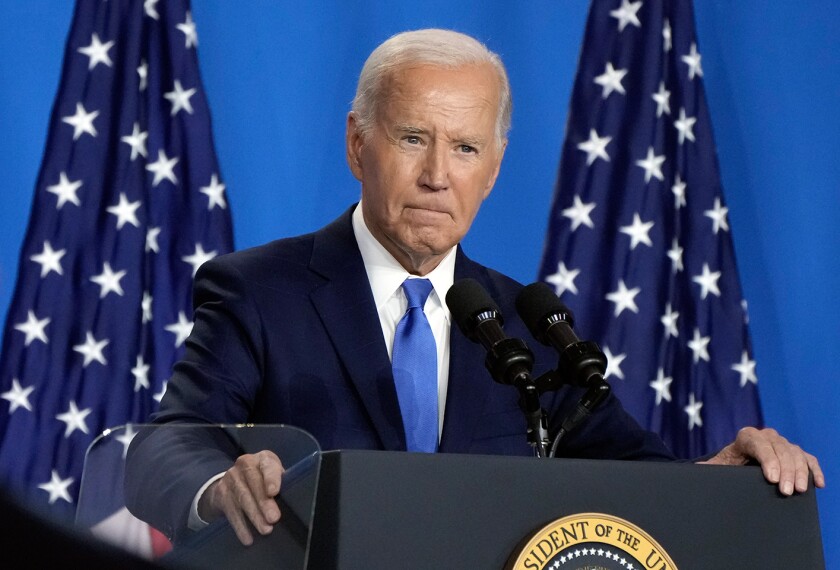Since U.S. Secretary of Education Arne Duncan singled out California as one of three states most likely to be weak contenders for some of the $4.35 billion in Race to the Top Fund grants under the federal economic-stimulus law, officials there have scrambled to argue otherwise.
The dispute centers around California’s so-called fire wall between its new student-achievement data system and one for teachers that is due to roll out next year.
The 2006 California statute creating a statewide longitudinal-data system for teachers prohibits its use for pay, promotion, or evaluation.
It also clearly prohibits using any information that would personally identify a teacher.
Such provisions, Mr. Duncan has said, are barriers to Race the Top eligibility.
But California’s top three K-12 officials argue that the state law doesn’t prohibit principals and superintendents from using student-achievement data to appraise the effectiveness of their teaching staffs. And they point to two districts that are doing it already: Long Beach Unified and Garden Grove Unified.
“We make all of our employment and evaluative decisions at the local level,” said Jack O’Connell, California’s superintendent of public instruction, who, along with state school board President Ted Mitchell and state Secretary of Education Glen W. Thomas, sent a letter to Mr. Duncan last month to make that case. “I understand how people can read the same language and come to a different conclusion, though.”
Help in settling the dispute could fall to Jerry Brown, California’s attorney general and former two-term Democratic governor who is also likely to run for governor next year.
The 340,000-member California Teachers Association insists there is no need to change the statute’s language because local school districts can do exactly what Mr. Duncan has called for.
“I would hope that the secretary and President Obama would not shortchange the students of California because of some bureaucratic red tape and the intent of a law that they don’t understand,” said CTA spokeswoman Becky Zoglman.





